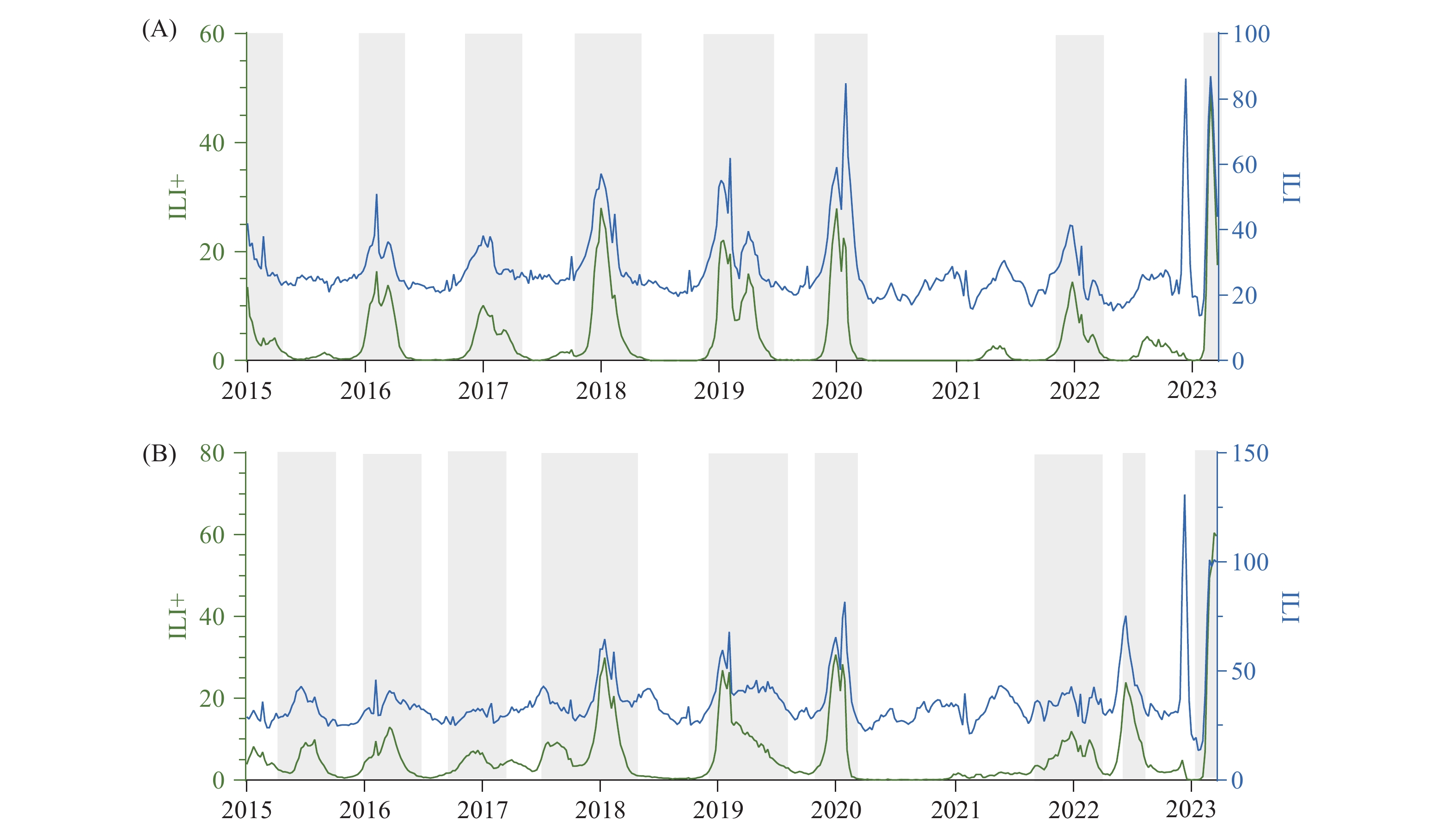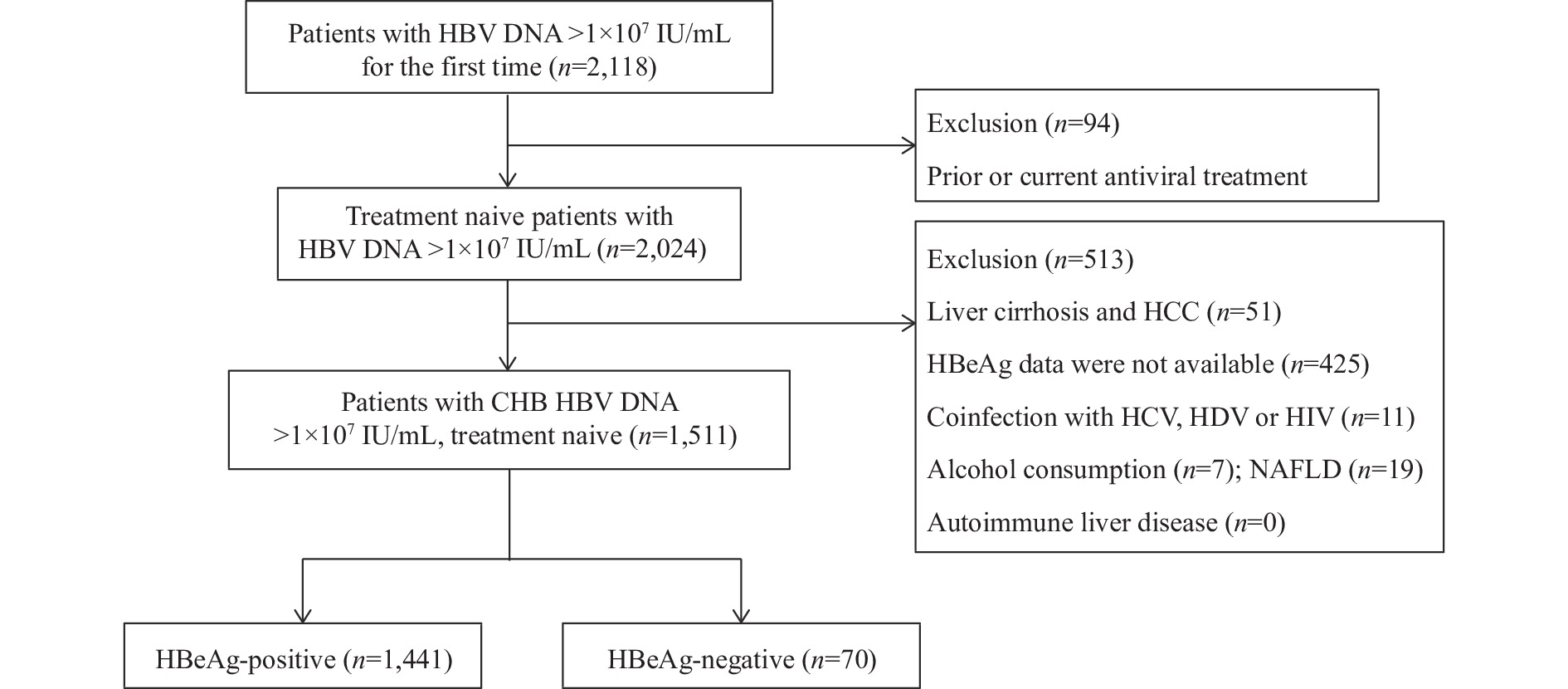2023 Vol. 5, No. 49
An association between prenatal heatwave exposure and the risk of preterm birth was found. However, the disparities in heatwave-related preterm birth across different climate types have not been examined.
This nationwide case-crossover study investigated the association between heatwave exposure and preterm birth across different Köppen-Geiger climate types. Among pregnant women residing in the arid-desert-cold climate type, exposure to compound heatwaves was found to be associated with a significantly higher risk of preterm birth {adjusted odds ratios (AORs) ranged from 1.55 [95% confidence interval (CI): 1.21–1.97] to 2.11 (95% CI: 1.35–3.31)}. In contrast, among pregnant women residing in the tropical monsoonal climate type, exposure to daytime-only heatwaves was associated with an increased risk of preterm birth [AORs ranged from 1.25 (95% CI: 1.03–1.51) to 1.37 (95% CI: 1.05–1.77)].
Specific interventions should be implemented in China to mitigate the risk of preterm birth related to heatwaves, particularly for pregnant women residing in arid-desert-cold and tropical monsoonal climates.
Seasonal influenza resurged in China in February 2023, causing a large number of hospitalizations. While influenza epidemics occurred across China during the coronavirus disease 2019 (COVID-19) pandemic, the relaxation of COVID-19 containment measures in December 2022 may have contributed to the spread of acute respiratory infections in winter 2022/2023.
Using a mathematical model incorporating influenza activity as measured by influenza-like illness (ILI) data for northern and southern regions of China, we reconstructed the seasonal influenza incidence from October 2015 to September 2019 before the COVID-19 pandemic. Using this trained model, we predicted influenza activities in northern and southern China from March to September 2023.
We estimated the effective reproduction number Re as 1.08 [95% confidence interval (CI): 0.51, 1.65] in northern China and 1.10 (95% CI: 0.55, 1.67) in southern China at the start of the 2022–2023 influenza season. We estimated the infection attack rate of this influenza wave as 18.51% (95% CI: 0.00%, 37.78%) in northern China and 28.30% (95% CI: 14.77%, 41.82%) in southern China.
The 2023 spring wave of seasonal influenza in China spread until July 2023 and infected a substantial number of people.
The objective of this study was to examine the clinical characteristics of individuals with ultra-high hepatitis B virus (HBV) viral load and develop a novel staging method for chronic hepatitis B (CHB) that can more effectively identify patients with medium to high hepatocellular carcinoma (HCC) risk.
A total of 2,118 patients with HBV DNA >1×107 IU/mL who visited Peking University People’s Hospital between January 2010 and March 2023 were enrolled retrospectively. Clinical data from the first visit were obtained and analyzed. The traditional phases and new ‘eALT-F’ stages were compared to evaluate the risk of HCC.
In the overall patients, more than one-third of the patients were under 30 years old. Additionally, a small proportion of older people (>60 years) also had ultra-high HBV viral load (4.3%). 9.1% and 6.7% of individuals with ultra-high HBV viral load showed FIB-4>3.25 and aMAP≥50, respectively. In the traditional stages of CHB, which are based on HBeAg and alanine aminotransferase (ALT) [the upper limit of normal (ULN) ALT level at 40 IU/L for both men and women], regardless of phase, a certain proportion of patients were at risk of developing HCC (4.1%, 6.4%, 25.0%, and 20.3%). However, in the new ‘eALT-F’ stages, which are based on HBeAg, ALT (the ULN of ALT level at 30 IU/L for men and 19 IU/L for women), and/or FIB-4 levels (>1.45), aMAP≥50 was only observed in chronic hepatitis patients with positive or negative HBeAg (6.4% and 22.1%, respectively).
The ‘eALT-F’ staging method, based on HBeAg, ALT (males: the ULN of ALT was 30 IU/L, females: 19 IU/L) and/or FIB-4 levels, was more effective in identifying medium to high-risk patients with HCC from patients with ultra-high HBV viral load than the traditional staging methods.



 Subscribe for E-mail Alerts
Subscribe for E-mail Alerts CCDC Weekly RSS Feed
CCDC Weekly RSS Feed

